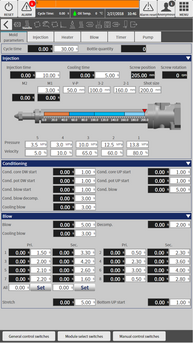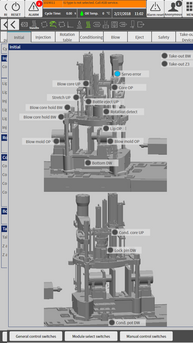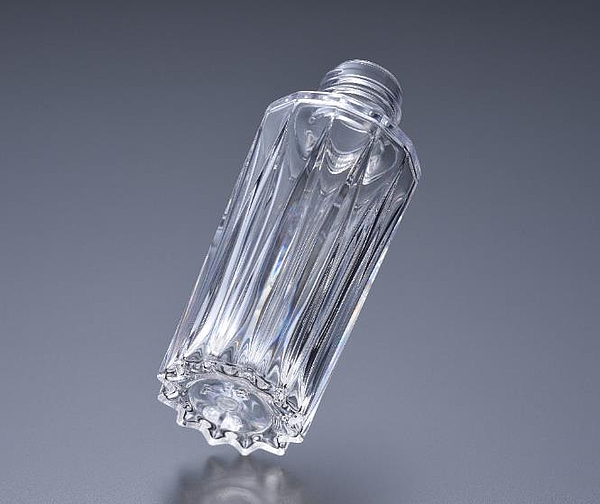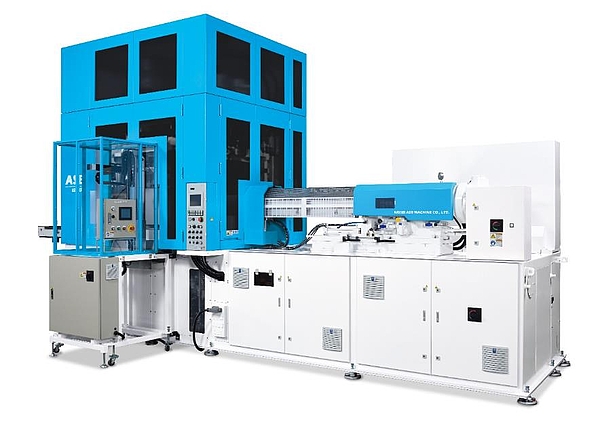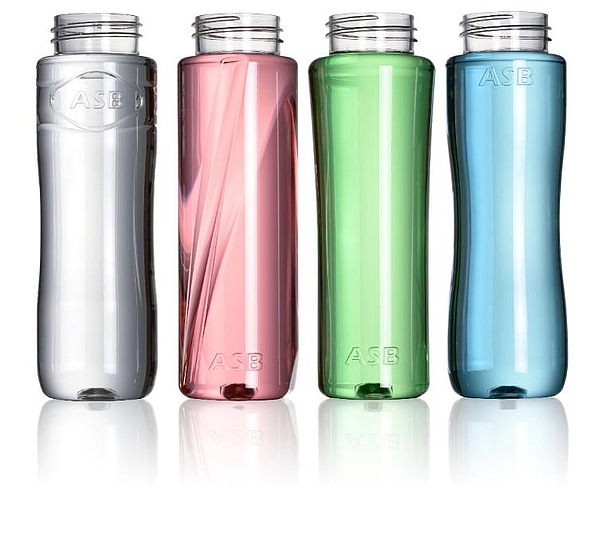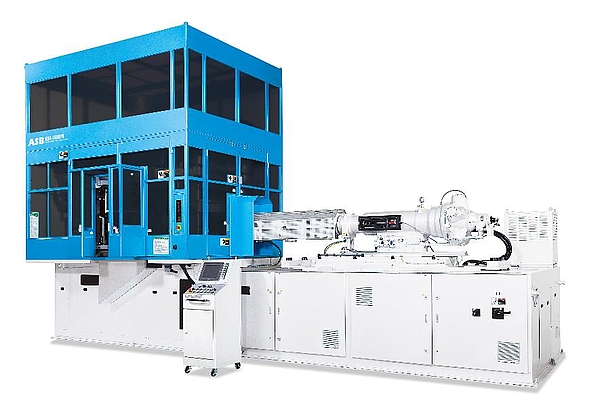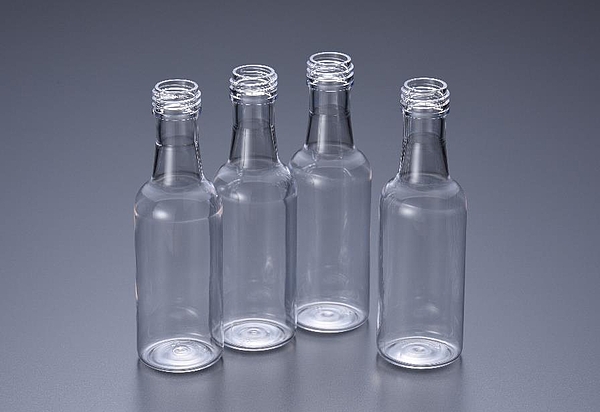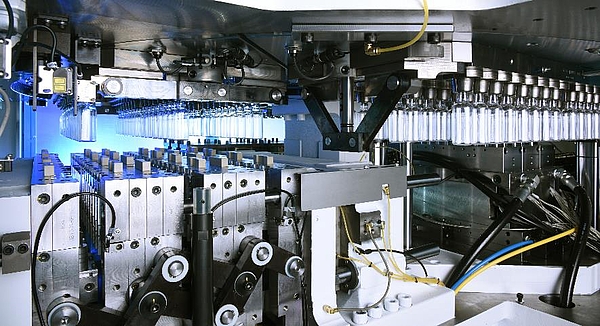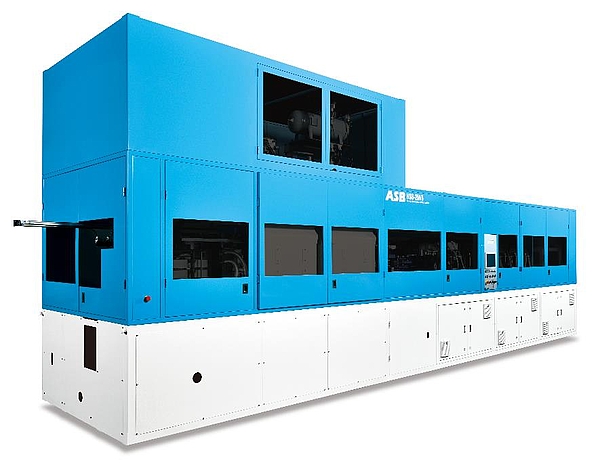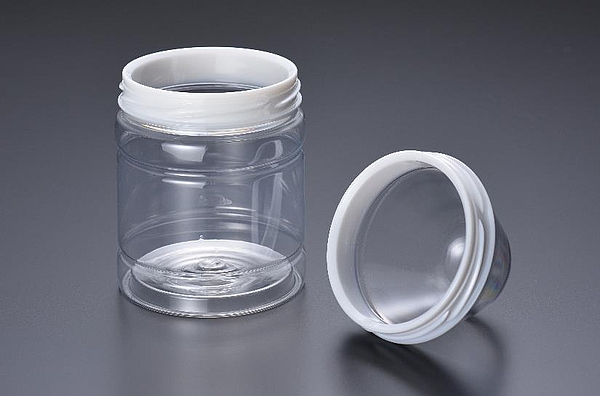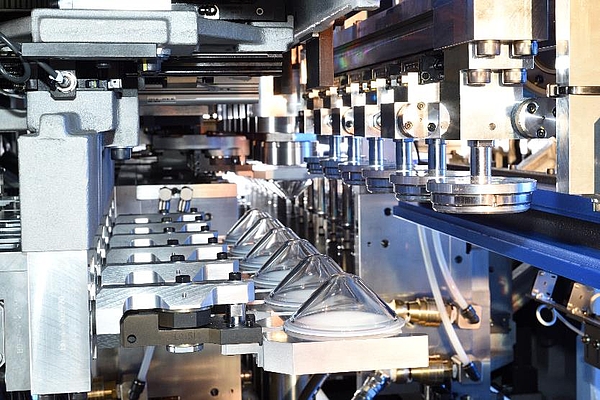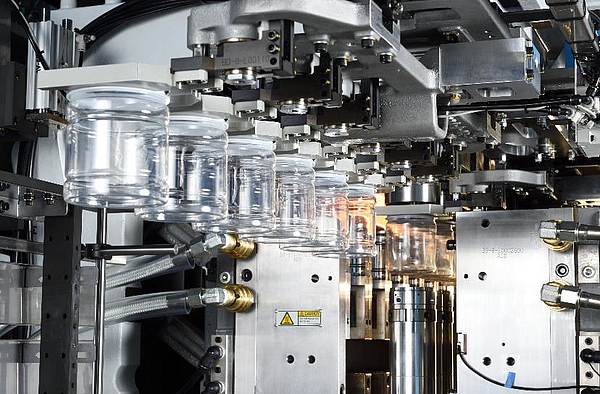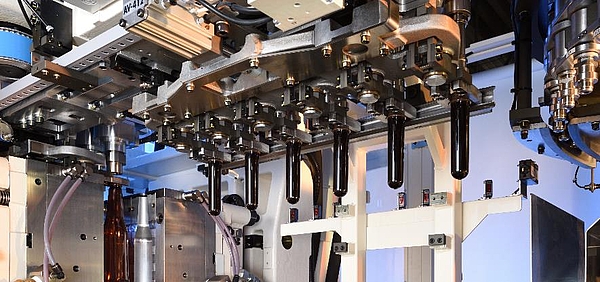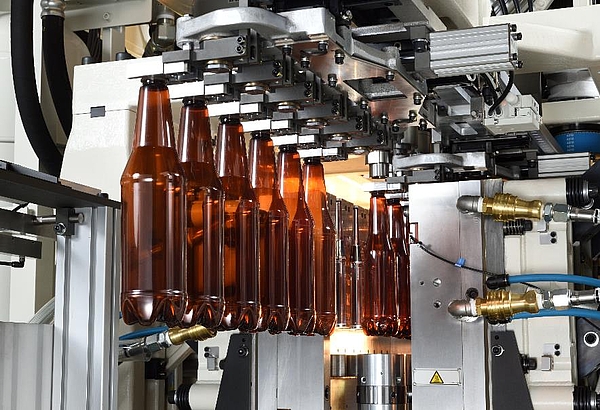Reflecting consistent sales growth over the last 3 years, ASB will represented by its largest ever presence at NPE with a 740-square meter booth and five different machine models making live molding demonstrations molding a variety of products that showcase the versatility of the company’s technology and integration with the Internet of Things.
Featured models will include;
- ASB-12M v2 – Entry level & niche market four station one step injection stretch blow molding machine featuring next-generation control system and radically shortened cycle time for heavyweight cosmetic containers using standard PET resin.
- ASB-70DPH v4 – Superbly versatile mid-range four station one-step injection stretch blow molding machine demonstrating visually perfect molding of Tritan Co-polyester resin.
- ASB-150DPX – World’s first triple row, one-step injection stretch blow molding machine molding in 48 cavities and over 20,000 bottles per hour
- HSB-2M/6 – 2-step re-heat stretch blow molding machine featuring ASB’s double-blow heat-set technology for heat resistant large necked jars.
- HSB-6N – 2-step re-heat stretch blow molding machine featuring ASB’s double-blow heat-set technology for heat resistant beer bottles complying with the industry standard tunnel pasteurizing process.
The booth will also be exhibiting a full line of matched molding ancillary equipment that ASB is able to supply, such as resin dryers, chillers, mold dehumidifiers and mold temperature controllers. In-house custom designed pick and place take-out units with conveyor systems will also be demonstrated allowing prospective customers to easily install the molding machines up-stream of other processing equipment or a filling line.
All models will be operating on a daily molding schedule and the booth will include a wide range of samples and displays of other specialized technologies from ASB.
Detailed descriptions of each of the featured models can be found on the following pages. Additional high-resolution images are also available separately.
ASB-12M v2 – Fast Cycle Cosmetic Molding & Next-Generation Advanced Control System
The ASB-12M, first launched in 2012, has been hugely successful as an entry level and niche market model that provides a scalable and highly versatile manufacturing solution with extremely low energy consumption. Now in 2018, ASB is launching a revised edition that maintains the solid mechanical design and energy conserving servo-hydraulic system, and adds an all new control system operating to the Industrie 4.0 computerized manufacturing standard allowing factory integration via the so called, “Internet of Things”.
The v2 machine will be demonstrated molding a 4 cavity, 40ml premium quality thick walled cosmetic container in a family type mold of two differing designs. With a weight of over 31 grams, the resulting PET wall thickness of 2mm perfectly simulates the high-grade appeal of glass – but most notable is the cycle time improvement for this class of heavyweight container from a typical requirement of 40+ seconds down to an outstanding 13.4 seconds resulting in a three-times increase in productivity.
Normally, molding a container of this thickness at this incredible cycle time would require the use of specialized or expensive resins to avoid haziness from crystallization. But, designers at ASB have taken full advantage of the preform conditioning station, that only exists in ASB’s four station molding machines, to create a (patent pending) system that modifies the preform’s temperature profile, shape and thickness prior to its transfer to the blow station. In this process, the molding of containers at this cycle time is perfectly stable with excellent clarity using standard PET resin making it suitable for use in real-world manufacturing situations.
While the majority of cycle improvement comes from the intensive use of the conditioning system in the second station, the dry cycle time and operational movement of the machine has also been improved by the addition of a next-generation computerized control and interface system that offers significant advantages to users;
- Faster response & communication speed than dedicated PLC systems enhances machine cycle efficiency and control precision.
- PC based system makes it extremely flexible in use and compatible with Industrie 4.0 for enhanced factory networking.
- Larger, easy to read panel provides easier access to relevant information without changing pages.
- Most manual operation switches are replaced by touchscreen operation.
- Improved operator feedback improves troubleshooting response time and minimizes down-time.
- Internal hard wiring is drastically reduced.
- Major machine functions can be added or updated via software installation only.
- Easier & faster service support.
- Standardized interface planned across the model range assists in operator training.
Despite the small size of the machine, it has a vast range of capabilities for production of all types of PET containers including highly efficient light-weight bottles, and medium sized jars. The ASB-12M’s popularity is further enhanced by its ability to process a wide range of non-PET resins combined with very low total cost of ownership.
Key features include;
- Ability to process more than 15 resin types in addition to PET.
- Molds containers from 5ml or less all the way up to 2,500ml capacity.
- Variable cavitation from 15mm neck diameter eye drop bottles in eight cavities through to 83mm neck diameter jars in a single cavity.
- Servo driven hydraulic pumps installed as standard, contributing to major energy savings and offering smooth and quiet operation.
- Backwardly compatible with existing class mold tooling with minimal modifications.
- Small size allows fast mold changeovers will minimal manpower, and minimal / no special lifting equipment.
In addition, the model displayed at NPE will be fitted with the optional long stroke injection unit that provides a 50% increase in available shot-size, expanding the scope for large containers, heavy-weight cosmetic bottles, or materials such as polypropylene that have lower density.
These benefits make it an ideal platform for a start-up company looking to make future-proof investments into an ever-changing market.







